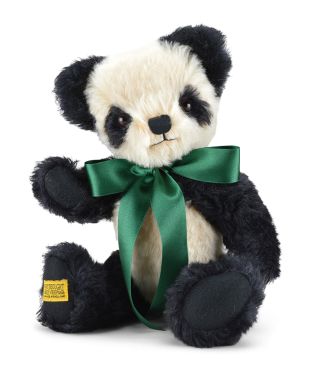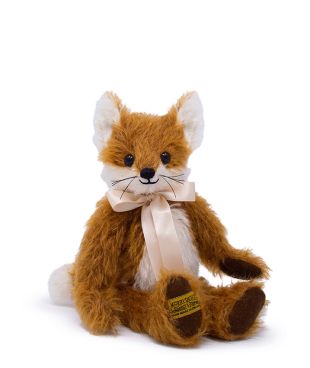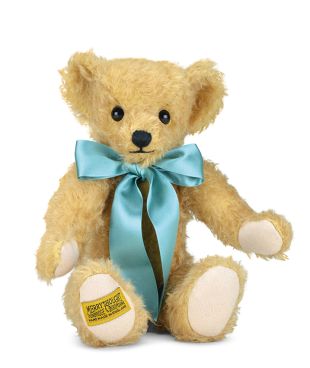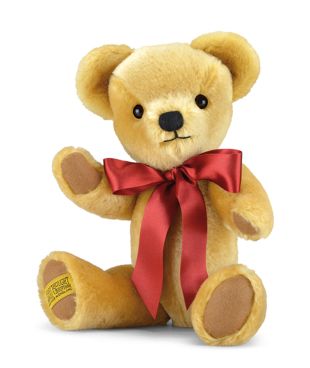FREE DELIVERY (UK ONLY) ON ORDERS OVER £100!
Florence Attwood - Creator of Merrythought's Earliest Designs
Merrythought’s inaugural collection of soft toys was designed by a remarkable young lady called Florence Attwood. A skilled pattern maker, she inspirationally overcame the many challenges associated with being deaf and non-verbal to create a range of characters that would launch the company’s success. Her influence can still be seen in the teddy bears Merrythought produces today.
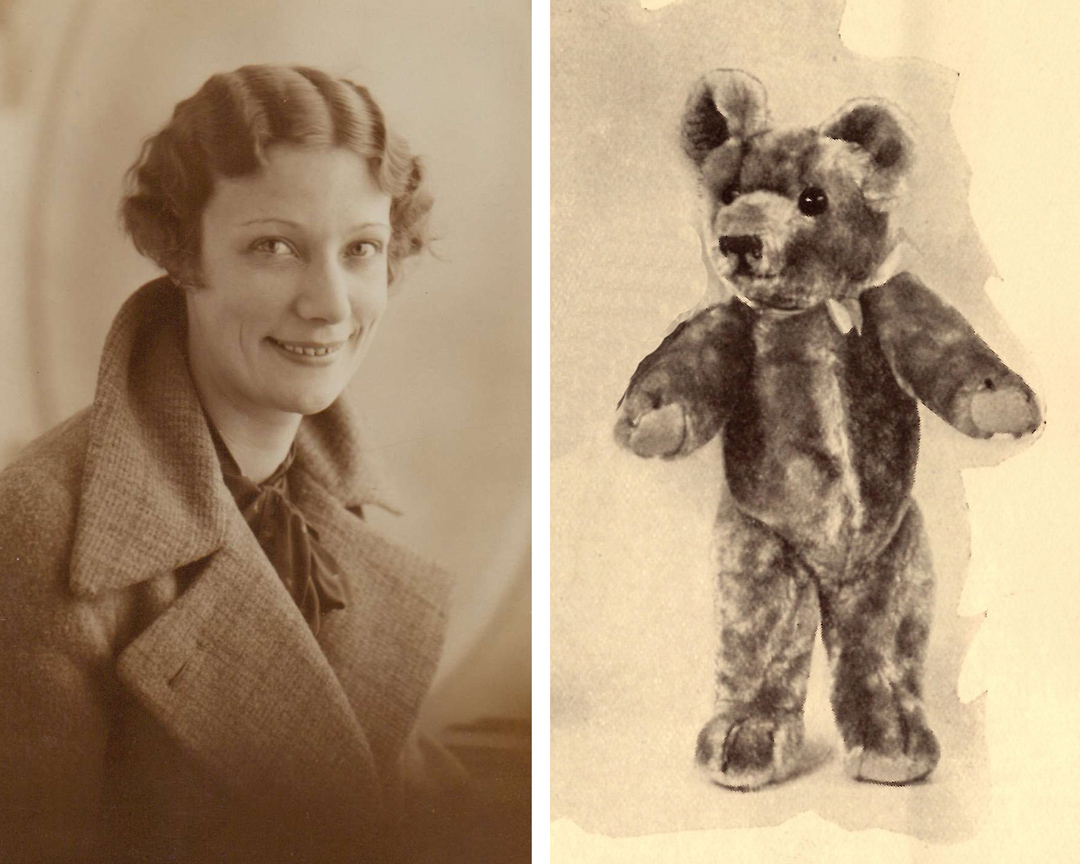
Florence, or ‘Florrie’, as she was known by her friends, had contracted measles during childhood, which led to her subsequent hearing loss. Nevertheless, in the following years she attended The Royal School for the Deaf in Manchester, where she discovered her talent for design and dress-making.
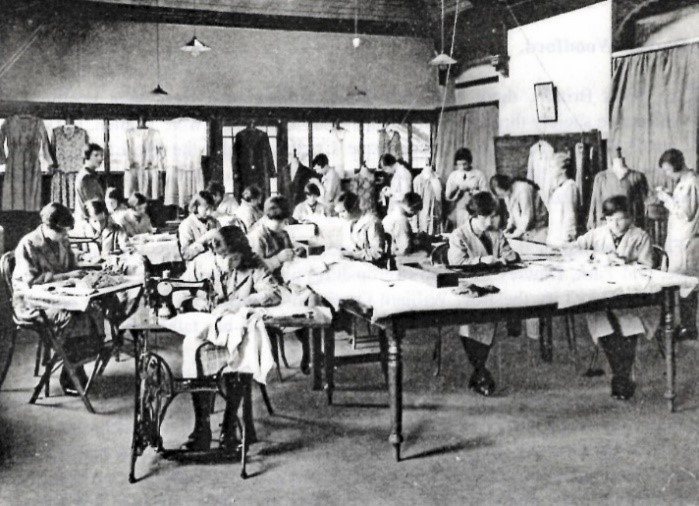
After triumphing her exams, Florence continued her pursuit of design through her employment at Chad Valley, a then well-established British toy maker. When their head of production, Clifton Rendle, moved to Merrythought to lead the new team there, Florence joined him, and began work at the recently founded soft toy factory.
Florence proceeded to fill Merrythought’s first pattern book with a variety of extraordinary drawings and ideas. Combining her unique creativity and production expertise, she brought to life beautiful soft toys that would prove hugely popular with the firm’s growing customer base, including the original Merrythought and Magnet teddy bears.
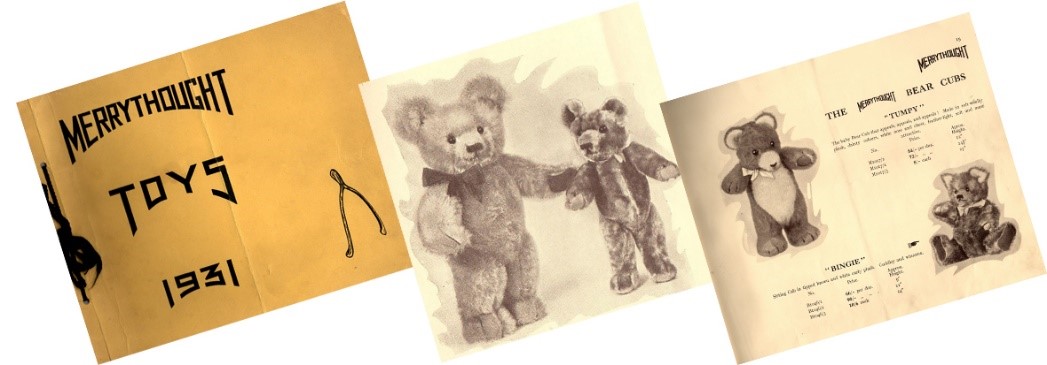
The very first Merrythought catalogue was published in 1931 and consisted of 32 characters, each fashioned by Florence. The inside cover showcased Greyfriars Bobby, the famous Sky Terrier who was so lovingly devoted to his late master, John Gray. Bobby was one of the earliest of the many Merrythought animals Florence created during her time there.
One of Florence’s most notable designs was Punkinhead. Originally produced in 1949 exclusively for the Canadian department store, Eaton, this was amongst the last characters she created for Merrythought. This distinctive bear, who was characterised by a long tuft of hair, bright eyes, and a smiley velvet muzzle, became synonymous with Christmas and was marketed as ‘Santa’s Helper’ who longer to become part of the annual Christmas parade.
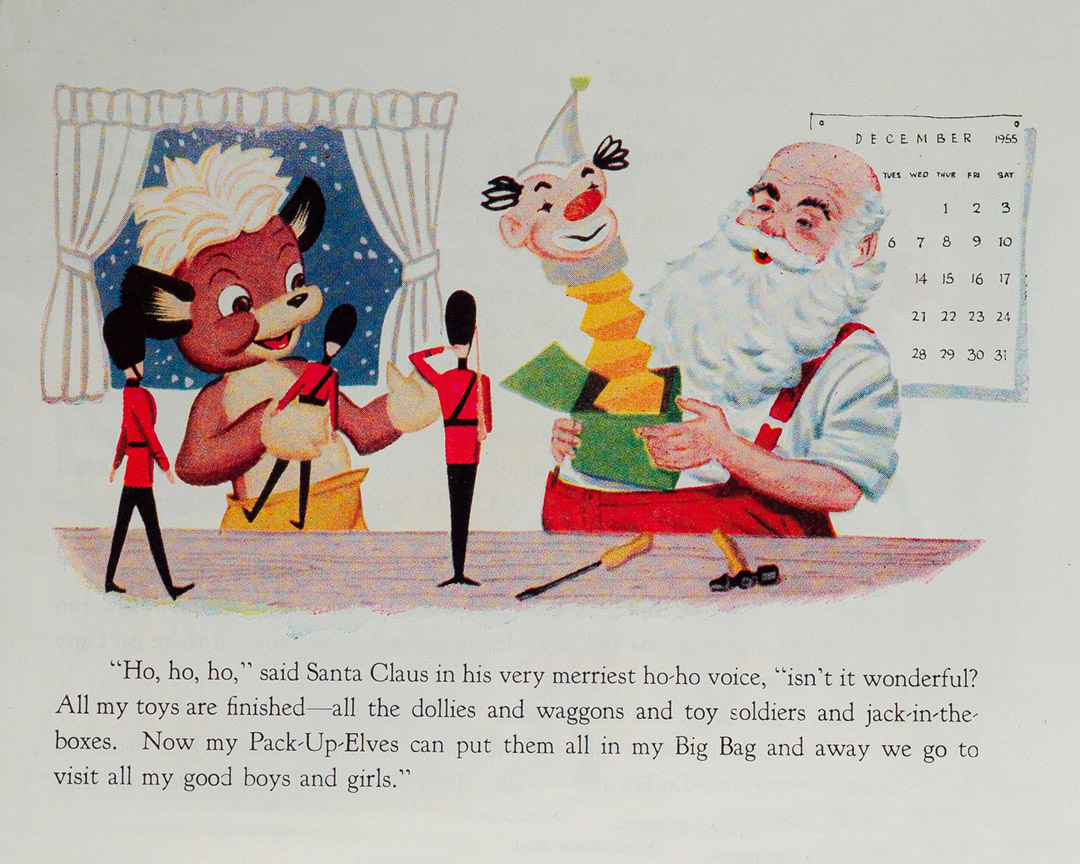
Outside of her work, Florence was a keen horse rider and enjoyed travelling. During time she spent in Germany, she found a miniature wooden bear, which became a treasured token that is said to have inspired several of her designs.
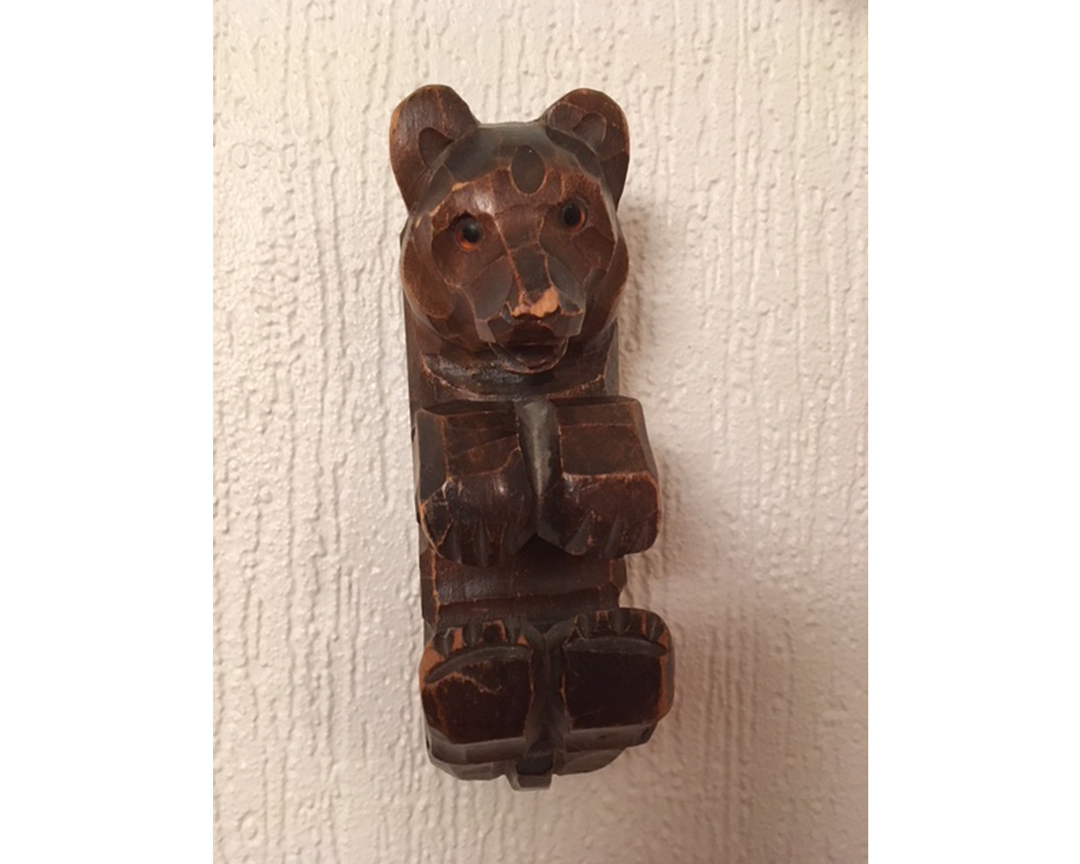
Not only is Florence fondly remembered for her unique patterns and skilful translations of well-known characters – such as G.E. Studdy’s ‘Bonzo’ and MGM Studios’ superstar mouse ‘Jerry’ – but also for improving awareness of deafness within the work place. Until her passing, Florence preserved her deeply devoted roots to the Deaf Community and supposedly took part in regular outings and excursions with members of the Shrewsbury Deaf Club, alongside her dedicated work.
In 1952, at the age of only 44, Florence became unwell and passed away. This was a great loss, not only to the team at Merrythought, but also the community she had supported during a time where deaf people were very underrepresented in the work place. While fewer still were women, Florence was an exemplary employee, who was not only faithful – but highly skilled within her industry too.
Today, Florence’s legacy lives on through the countless collectors who cherish her creations and Merrythought’s continued commitment to high quality, British craftsmanship.
More Stories

BRINGING THE MERRYTHOUGHT BEAR TO LIFE...
Have you ever wondered how we lovingly hand-make each Merrythought teddy bear? Click on t...

Star of BBC’s The Repair Shop! Did you spot the much-loved Merrythought Pablo Donkey on BBC One's...

Celebrating 90 years of the finest teddy bears
Merrythought is proud to celebrate 90 years of bringing magic and delight to adults and children aro...
 CNY (¥)
CNY (¥)
 EUR (€)
EUR (€)
 JPY (¥)
JPY (¥)
 USD ($)
USD ($)

 GBP (£)
GBP (£)
